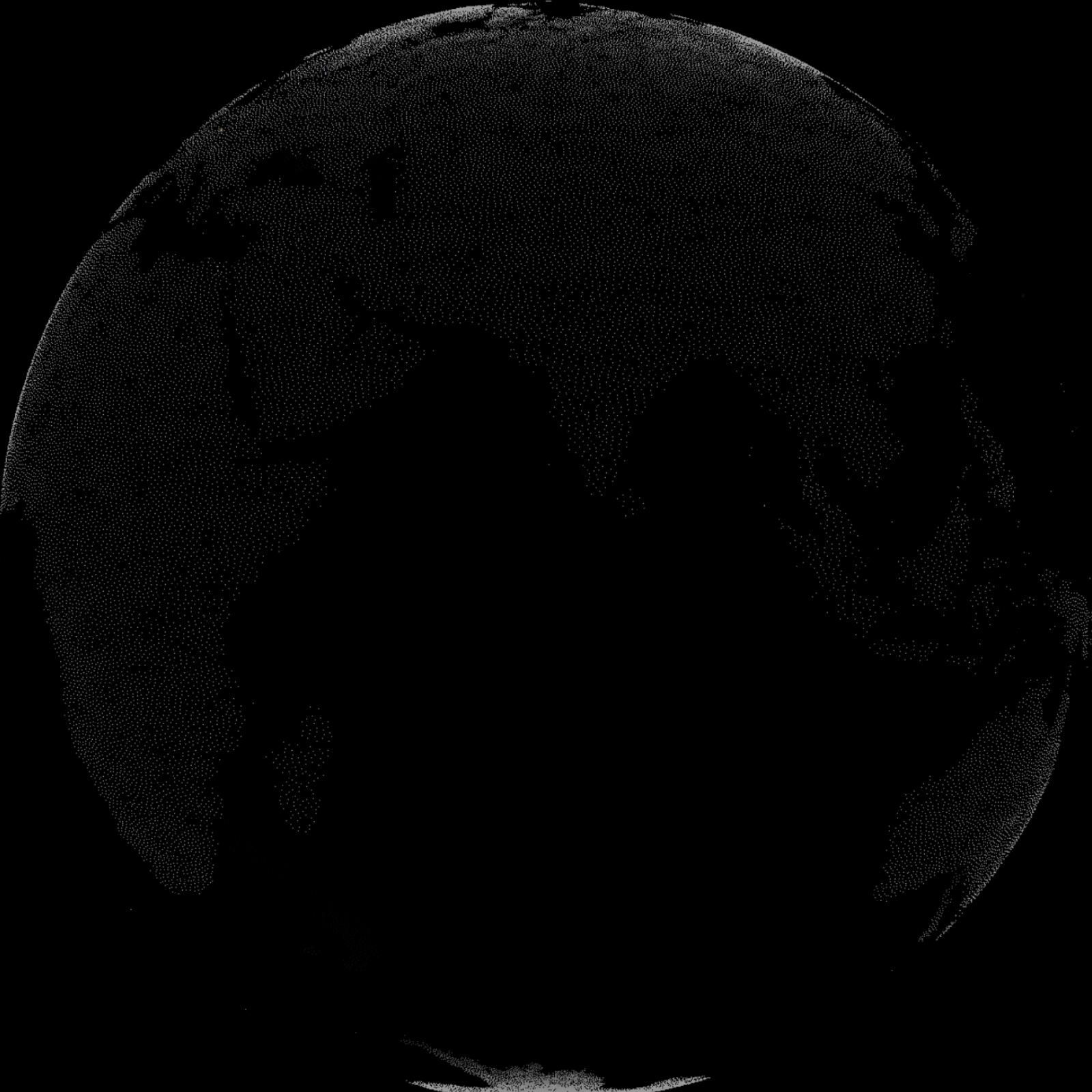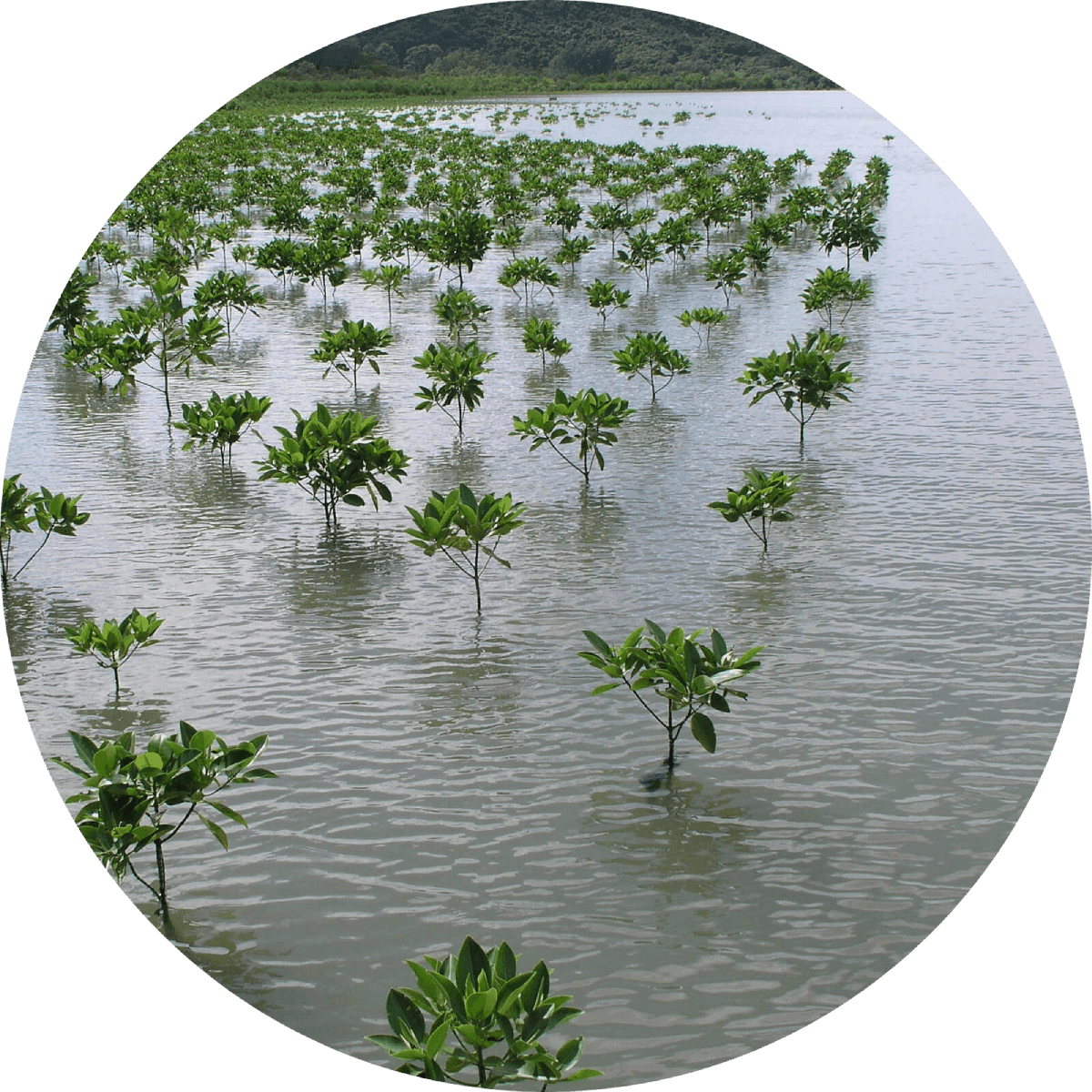"The Arctic is heating up nearly four times faster than the Earth as a whole, according to new research. The findings are a reminder that the people, plants and animals in polar regions are experiencing rapid, and disastrous, climate change. Scientists previously estimated that the Arctic is heating up about twice as fast as the globe overall. The new study finds that is a significant underestimate of recent warming . . . There are many reasons why the Arctic is heating up more quickly than other parts of the Earth. Changes in the amount of air pollution coming from Europe and natural multi-decade climate variations likely play a role. But human-caused global warming is the underlying reason that the Arctic, and the planet as a whole, are heating up."
“Sea ice can have a moderating effect on coastal marine ecosystems where seabirds breed because ice cover reduces wind and wave action. Surface winds are 40% stronger during years of less sea ice in the western Arctic. Thus, increased surface winds associated with a reduction of ice cover could increase flight costs and change foraging behavior of seabirds. At the same time, wind-induced wave action and turbidity might disadvantage seabirds because they are visual predators. Thus, earlier disappearance of ice could increase foraging effort and flight costs, which could lead to a reduction in breeding success.”
"The Arctic is a bellwether for acidification, oceanographers say. Since the Industrial Age, the planet’s oceans have stored up to 30 percent of human CO2 output, with cold polar waters, in which the gas is the most soluble, absorbing the lion’s share. Those same cold waters and unique environmental conditions make the Arctic especially susceptible to the rapidly shifting ocean chemistry wrought by that excess carbon. The result: rising acidity, which eats up the minerals vital to shell-building creatures, as well as posing other dangers to Arctic marine life. . . Models predict that large parts of the Arctic will cross this threshold as early as 2030, and researchers forecast that most Arctic waters will lack adequate aragonite for shell-building organisms by the 2080s.”
"Acidification is underway throughout the world’s oceans, according to a new Oceans and Cryosphere report by the Intergovernmental Panel on Climate Change. But the various ocean regions will respond differently to the same amount of carbon dioxide, says Alessandro Tagliabue, a University of Liverpool biogeochemist and one of the lead authors on the ocean changes chapter of the report. As our carbon emissions continue to soar, acidic conditions will race across the high latitudes first, according to the report. . . “The polar regions are especially vulnerable because of a systemic vulnerability that is linked to their chemical states today, which makes them very, very close to tipping over the edge into extremes of acidification,” says Tagliabue."
“On Feb. 13, the combined Arctic and Antarctic sea ice numbers were at their lowest point since satellites began to continuously measure sea ice in 1979. Total polar sea ice covered 6.26 million square miles, which is 790,000 square miles less than the average global minimum extent for 1981-2010 — the equivalent of having lost a chunk of sea ice larger than Mexico.”
“The increased presence of killer whales in Arctic waters is intimidating narwhal into drastically changing their behaviour . . . Extensive year-round sea ice once limited the number of killer whales in those waters. The decline of that ice due to global warming means killer whales arrive earlier, leave later, and are greater in number... When killer whales weren’t around, the narwhal went after abundant shoals of prey sh between four and 10 kilometres from shore. But when the orcas were anywhere in the inlet, narwhal cowered within 500 metres of shore . . . Hugging the shore also exposes them to Inuit hunters for whom narwhal is a valued food . . . It’s an example of how a small change in the food web can have impacts far beyond the number of narwhal killed."
“A Russian tanker has travelled through the northern sea route in record speed and without an icebreaker escort for the rst time, highlighting how climate change is opening up the high Arctic. The $300m Christophe de Margerie carried a cargo of lique ed natural gas (LNG) from Hammerfest in Norway to Boryeong in South Korea in 19 days... The tanker was built to take advantage of the diminishing Arctic sea ice and deliver gas from a new $27m facility on the Yamal Peninsula, the biggest Arctic LNG project so far which has been championed by the Russian president, Vladimir Putin.”
“‘You may begin,’ said Putin. Miller relayed the message; an engineer tapped a key. With that, Arctic gas began owing down a 700-mile pipeline into Russia’s sprawling network. The Yamal Peninsula, a thumb of at tundra jutting north into the frozen Kara Sea, was known until recently for its nomadic reindeer herders, the Nenets, and under Joseph Stalin for its brutal prison camps. But by 2030, Gazprom estimates, the region will supply more than a third of Russia’s gas production and a lot of its oil . . . As global warming thaws the Arctic, Russia is leading the rush to exploit the region’s resources. ”
“At summer’s end Arctic sea ice had shrunk to its fourth smallest extent since satellites began measuring it in 1979. The past nine years were the nine smallest.”
“President Obama’s Administration moved to protect the Arctic National Wildlife Refuge in Alaska, widely considered one of the most spectacular and remote areas in the world. The Department of the Interior is releasing a conservation plan for the Refuge that for the first time recommends additional protections, and President Obama announced he will make an of official recommendation to Congress to designate core areas of the refuge – including its Coastal Plain – as wilderness . . . Designation as wilderness would protect and preserve the refuge, ensuring the land and water would remain unimpaired for use and enjoyment by future generations.”
“Huge regions of the central Arctic Ocean - international waters off Canada that were once locked in ice year-round but are now opening up during the summer months - could soon be a site for commercial shing as Arctic ice melts faster than ever predicted. And there are no rules in place to ensure the resources in the fragile ecosystem will be harvested responsibly.”
“. . . formed when a 97-square-mile chunk of ice broke off Greenland’s Peterman Glacier onAug. 5, 2010. It was the largest iceberg to form in the arctic in 50 years . . . When the chunk of ice four times the size of Manhattan broke off, the Peterman Glacier lost about one-quarter of its 43-mile long floating ice shelf.”
“The Arctic is home to several unique — and uniquely beautifu l— seal species: ribbon seals, bearded seals, ringed seals, spotted seals, harp seals, and hooded seals. These Arctic species are called ice seals because they spend the bulk of their lives on or near sea ice. After the dramatic melting that occurred in 2007, researchers are especially interested in learning more about ice seals, and how dwindling sea ice may impact them . . . Several Arctic seal species are currently under consideration for listing under the Endangered Species Act. Concern is greatest for ribbon seals, which occupy the outermost edges of sea ice, near deep water, and are most likely to be affectedby loss of habitat if sea ice continues to shrink as predicted.”
“Scientists have for the rst time found evidence that polar bears are drowning because climate change is melting the Arctic ice shelf. The researchers were startled to nd bears having to swim up to 60 miles across open sea to nd food. They are being forced into the long voyages because the ice oes from which they feed are melting, becoming smaller and drifting farther apart... Polar bears live on ice all year round and use it as a platform from which to hunt food and rear their young . . . As the ice pack retreats north in the summer between June and October, the bears must travel between ice oes to continue hunting . . . However, last summer the ice cap receded about 200 miles further north than the average of two decades ago . . .”


Learn about Maya Lin’s fifth and final memorial: a multi-platform science based artwork that presents an ecological history of our world - past, present, and future.

Discover ecological histories and stories of former abundance, loss, and recovery on the map of memory.

Learn how we can reduce our emissions and protect and restore species and habitats – around the world.

See how art can help us rethink the problems we face, and give us hope that each one of us can make a difference.

Help make a global memorial something personal and close to home. Share your stories of the natural world.